This important Porsche racing car was sold new to Jim Busby by Vasek Polak Racing and comes with documentation from Porsche confirming that it is a factory built 1975 3.0 RSR racer. Since its inception, the Porsche 911 has been modified by the factory for various forms of competition including endurance racing, rallying and sprint races. The 911 is often cited as the most successful competition car ever, and in the mid-1970s the normally aspirated Carrera RSR dominated its class in World Championship sports car racing, winning at the Targa Florio, Daytona 24 Hours, Sebring 12 Hours and Nürburgring 1,000kms. Based on the lightweight 911 Carrera RS announced the previous year, Porsche’s RSR GT-category racer collected overall wins in the World Sportscar Championship at Daytona and the Targa Florio in 1973, defeating 3.0-Liter prototypes from Ferrari, Matra and Mirage-Ford in the process, an outstanding achievement for a production-based motor car. Powered initially by a 2.8-Liter, 300bhp engine (later versions used a 3.0-Liter 330bhp unit) the 911 RSR ruled the GT class for which it had been designed to such an extent that the category rapidly became a Porsche benefit. Porsche’s policy had been to entrust defence of their GT division honors to private owners and the Carrera 2.7 had been developed for this purpose. Although the factory also entered some examples, they usually ran in the Prototype class to avoid direct competition with the Zuffenhausen company’s own customers. In similar fashion to the 2.7-Liter Carrera RS, the replacement 2.8/3.0-Liter RS and RSR models were lightened by the use of thin-gauge steel in the body/chassis unit, Spartan furnishing and some plastic components, keeping weight down to around 1,980lb (900kg). The RS was essentially the road-going version, the RSR the racer, and while 109 Carrera RS 3.0s were sold at a price new of DM64,980 each, approximately 57 of them were further modified and prepared for racing or rallying at a further cost of DM30,000. Most were completed in time for the 1974 season, although a few were built for 1975, including ‘9122’, which is the second to last RSR made. The RSR conversion differed little from that already applied to the RS, with Delrin bushes instead of rubber providing more precise suspension control; centre-lock 917-pattern magnesium-alloy wheels; a lower nose achieved by different front suspension struts with higher stub axles; and wider front brake calipers accepting thicker pads for endurance racing. The ‘standard’ engine had bore and stroke dimensions of 95x70.4mm, displacing 2,992cc, and with a compression ratio of 9.8:1 developed circa 230bhp at 6,200rpm. The RSR Type 911/95 engine, however, developed fully 100bhp more, some 330 overall plus 233lb/ft torque at 6,500rpm. Cylinder heads, cylinder barrels and pistons were aluminium, and the RSR also featured twin-plug ignition, polished ports, Bosch fuel injection and cam profiles matching those of the old Carrera 6 model. A former drag racer from Laguna Beach, California, Jim Busby used chassis number ‘911 560 9122’ throughout the 1975 season with considerable success. At the end of the 1976 the car was sold to Monte Shelton, who acid-dipped the bodyshell, modified the roll cage and installed superior Schrick camshafts, bringing the horsepower output to 365bhp and reducing the weight to 2,000lbs (909kg). Shelton then sold the car to privateer competitor Robert Frostrom, of Salisbury, Mayland, who continued to race it in professional events throughout the 1978 season. Frostrom sold the Carrera onward to Bill Ferran who used it in Sports Car Club of America national level events in 1979, winning twice at Moroso from the pole position. In 1980 and 1981, wearing 935-style bodywork, the RSR again saw competition at international level when it was campaigned at the famed 12 Hours of Sebring by Ferran/Bond/Refenning, finishing 10th in class in the 1980 event. Re-bodied to RSR specification, ‘9122’ was next sold to
This important Porsche racing car was sold new to Jim Busby by Vasek Polak Racing and comes with documentation from Porsche confirming that it is a factory built 1975 3.0 RSR racer. Since its inception, the Porsche 911 has been modified by the factory for various forms of competition including endurance racing, rallying and sprint races. The 911 is often cited as the most successful competition car ever, and in the mid-1970s the normally aspirated Carrera RSR dominated its class in World Championship sports car racing, winning at the Targa Florio, Daytona 24 Hours, Sebring 12 Hours and Nürburgring 1,000kms. Based on the lightweight 911 Carrera RS announced the previous year, Porsche’s RSR GT-category racer collected overall wins in the World Sportscar Championship at Daytona and the Targa Florio in 1973, defeating 3.0-Liter prototypes from Ferrari, Matra and Mirage-Ford in the process, an outstanding achievement for a production-based motor car. Powered initially by a 2.8-Liter, 300bhp engine (later versions used a 3.0-Liter 330bhp unit) the 911 RSR ruled the GT class for which it had been designed to such an extent that the category rapidly became a Porsche benefit. Porsche’s policy had been to entrust defence of their GT division honors to private owners and the Carrera 2.7 had been developed for this purpose. Although the factory also entered some examples, they usually ran in the Prototype class to avoid direct competition with the Zuffenhausen company’s own customers. In similar fashion to the 2.7-Liter Carrera RS, the replacement 2.8/3.0-Liter RS and RSR models were lightened by the use of thin-gauge steel in the body/chassis unit, Spartan furnishing and some plastic components, keeping weight down to around 1,980lb (900kg). The RS was essentially the road-going version, the RSR the racer, and while 109 Carrera RS 3.0s were sold at a price new of DM64,980 each, approximately 57 of them were further modified and prepared for racing or rallying at a further cost of DM30,000. Most were completed in time for the 1974 season, although a few were built for 1975, including ‘9122’, which is the second to last RSR made. The RSR conversion differed little from that already applied to the RS, with Delrin bushes instead of rubber providing more precise suspension control; centre-lock 917-pattern magnesium-alloy wheels; a lower nose achieved by different front suspension struts with higher stub axles; and wider front brake calipers accepting thicker pads for endurance racing. The ‘standard’ engine had bore and stroke dimensions of 95x70.4mm, displacing 2,992cc, and with a compression ratio of 9.8:1 developed circa 230bhp at 6,200rpm. The RSR Type 911/95 engine, however, developed fully 100bhp more, some 330 overall plus 233lb/ft torque at 6,500rpm. Cylinder heads, cylinder barrels and pistons were aluminium, and the RSR also featured twin-plug ignition, polished ports, Bosch fuel injection and cam profiles matching those of the old Carrera 6 model. A former drag racer from Laguna Beach, California, Jim Busby used chassis number ‘911 560 9122’ throughout the 1975 season with considerable success. At the end of the 1976 the car was sold to Monte Shelton, who acid-dipped the bodyshell, modified the roll cage and installed superior Schrick camshafts, bringing the horsepower output to 365bhp and reducing the weight to 2,000lbs (909kg). Shelton then sold the car to privateer competitor Robert Frostrom, of Salisbury, Mayland, who continued to race it in professional events throughout the 1978 season. Frostrom sold the Carrera onward to Bill Ferran who used it in Sports Car Club of America national level events in 1979, winning twice at Moroso from the pole position. In 1980 and 1981, wearing 935-style bodywork, the RSR again saw competition at international level when it was campaigned at the famed 12 Hours of Sebring by Ferran/Bond/Refenning, finishing 10th in class in the 1980 event. Re-bodied to RSR specification, ‘9122’ was next sold to
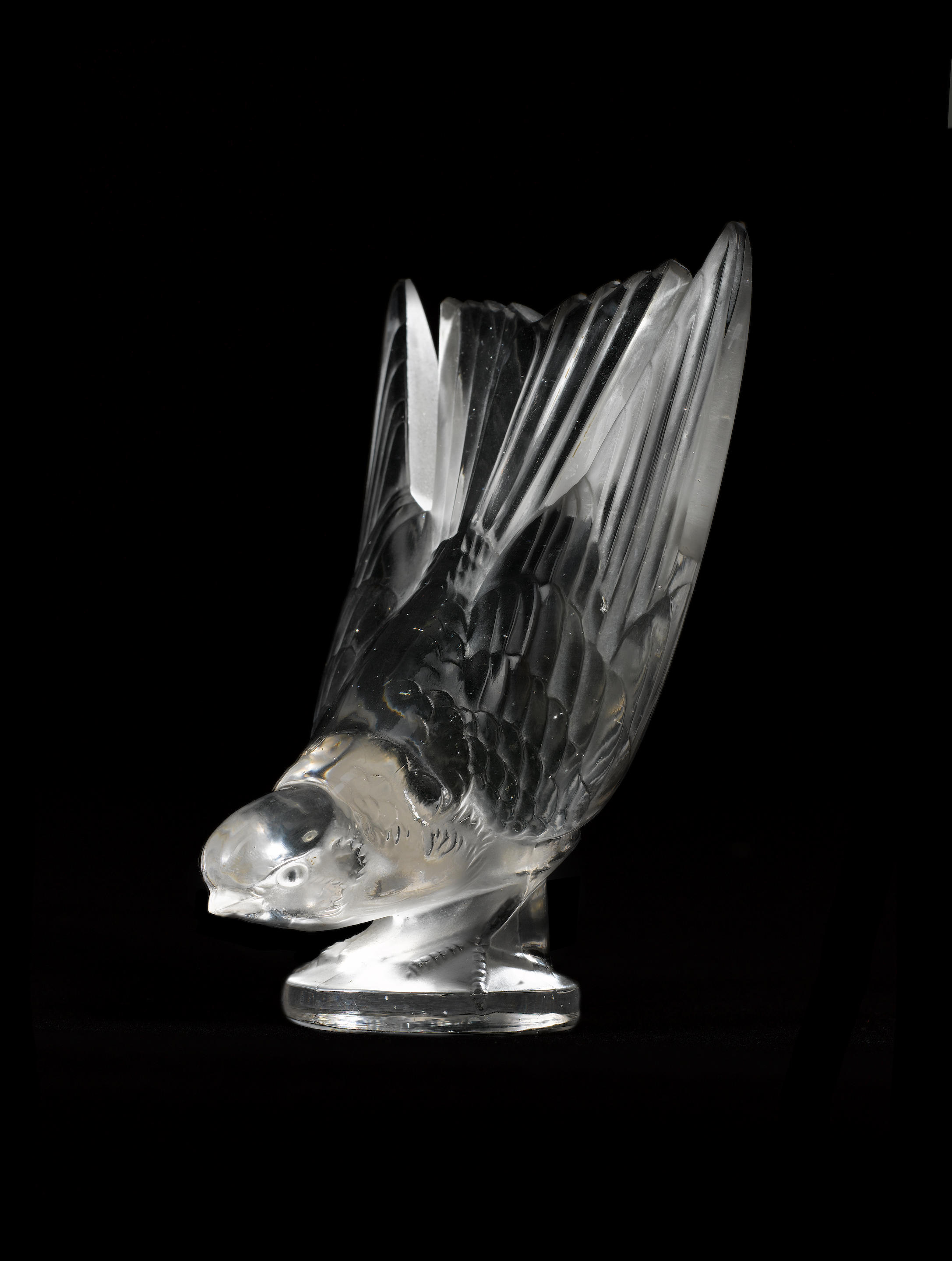

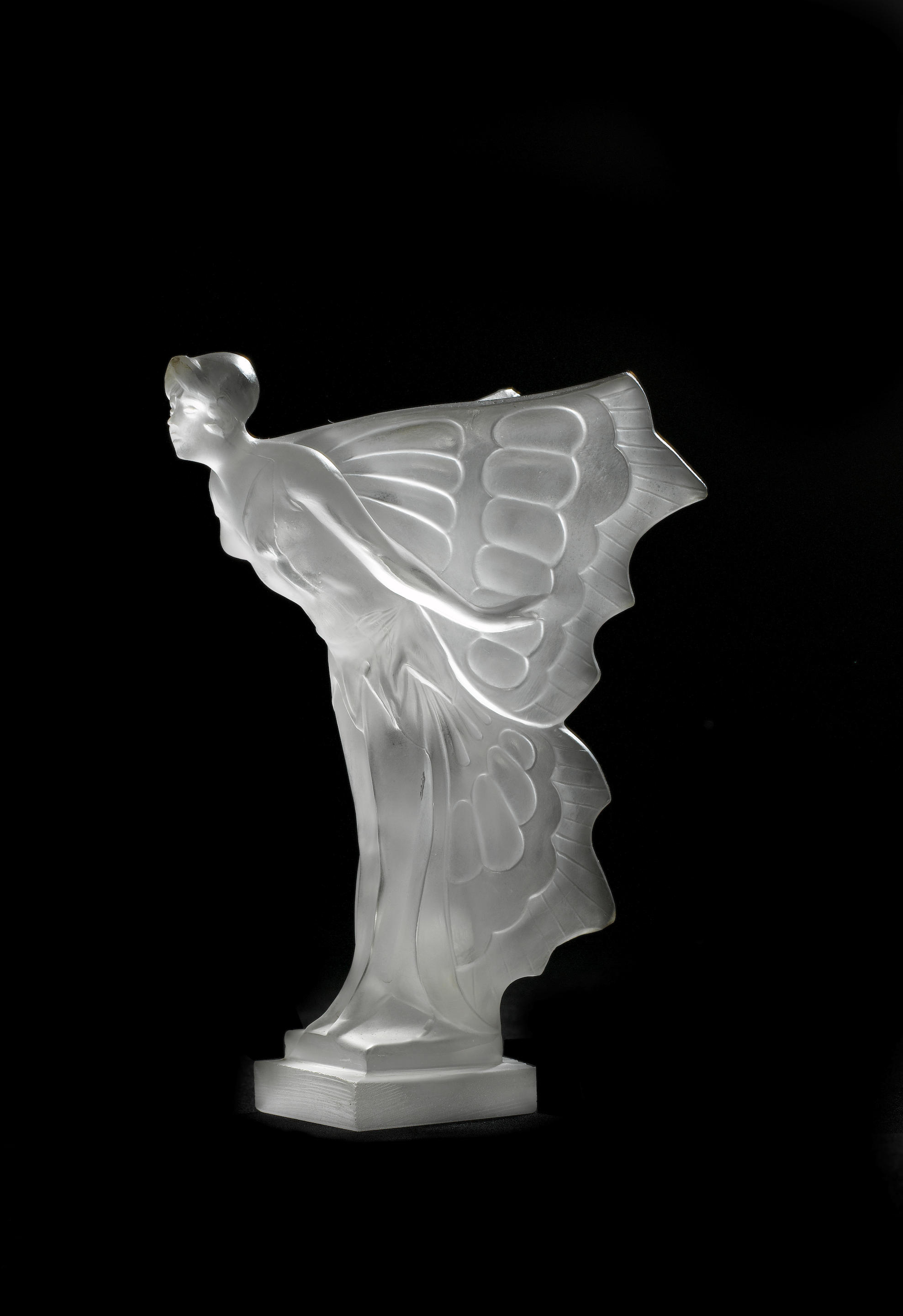
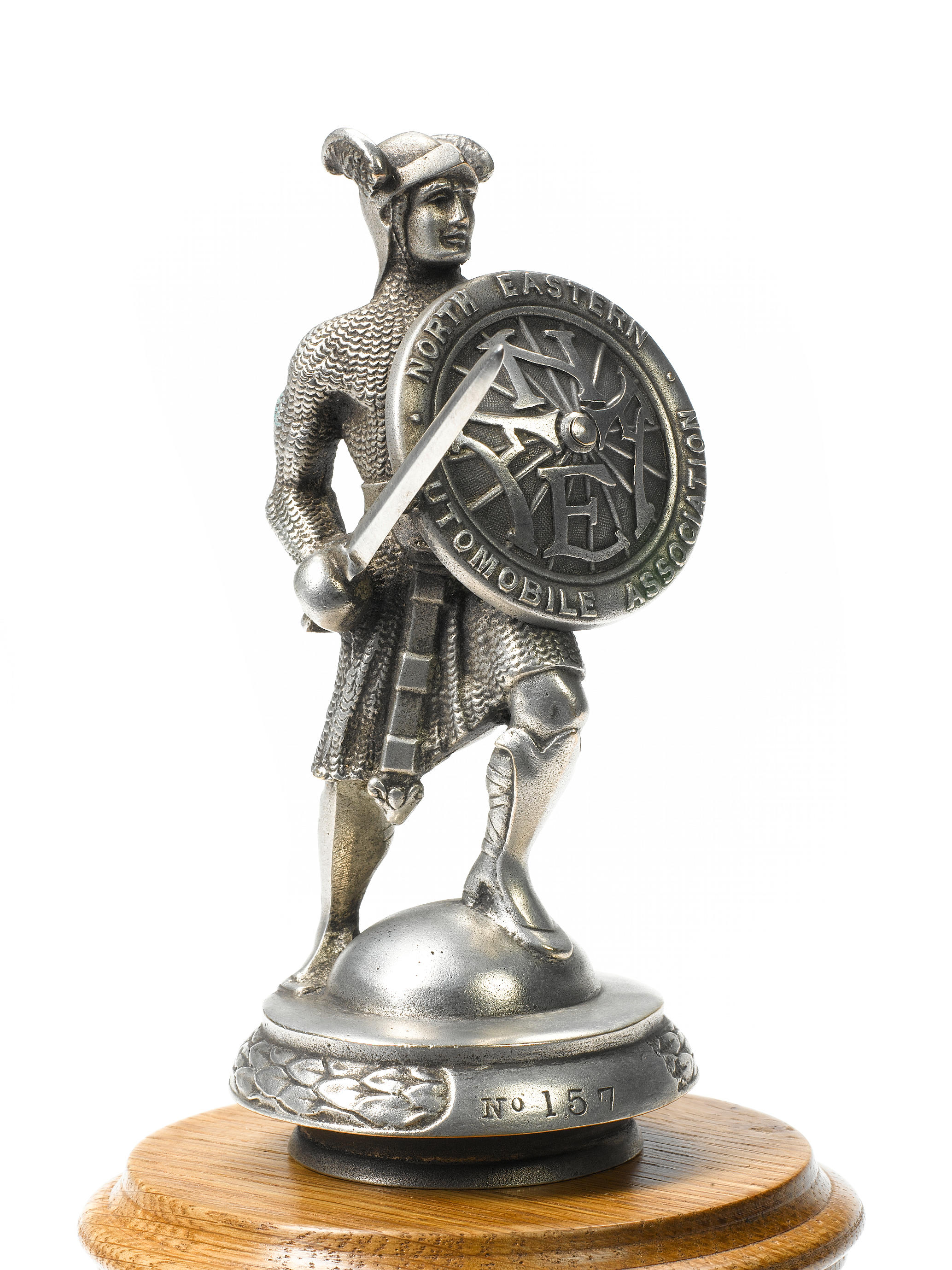
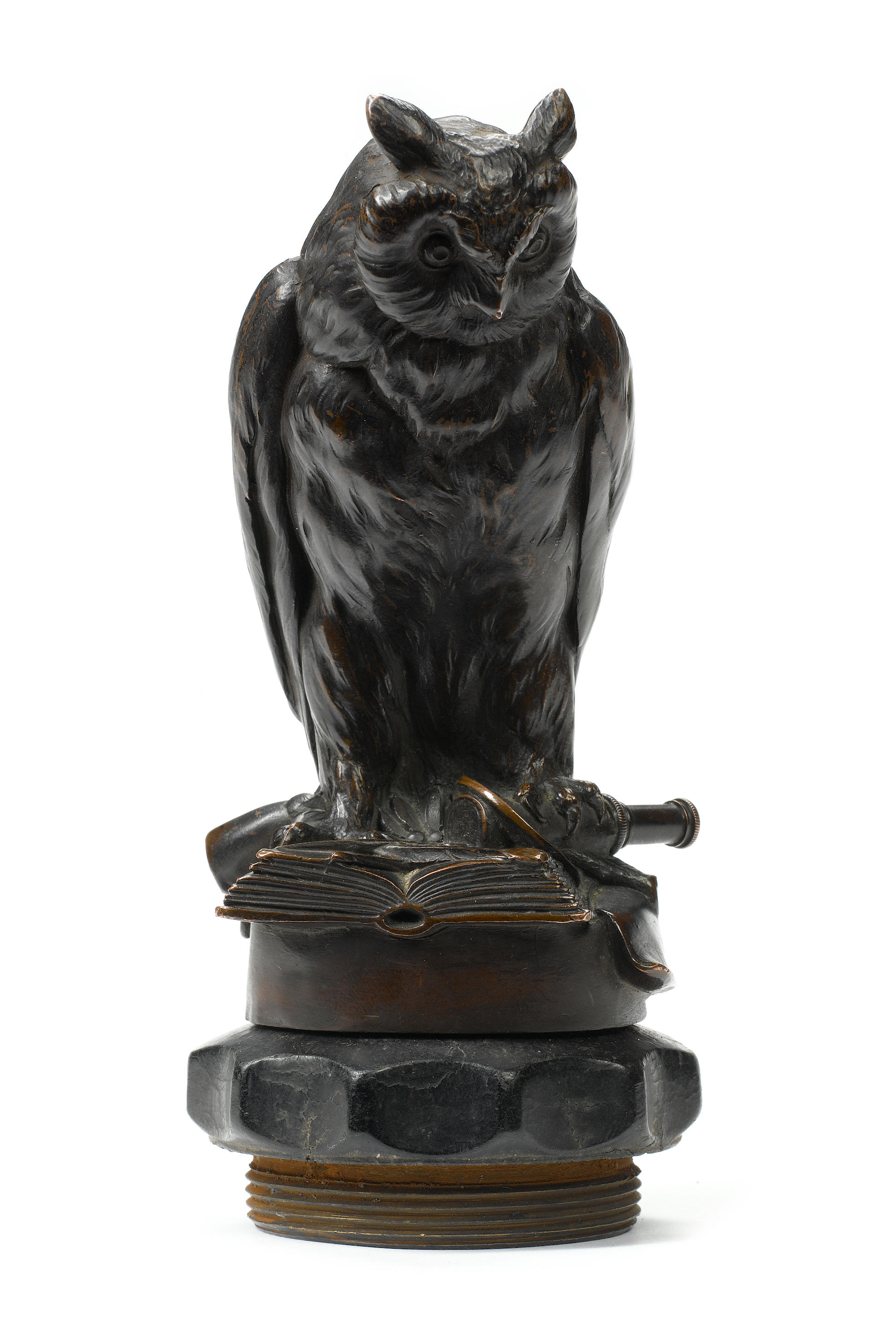
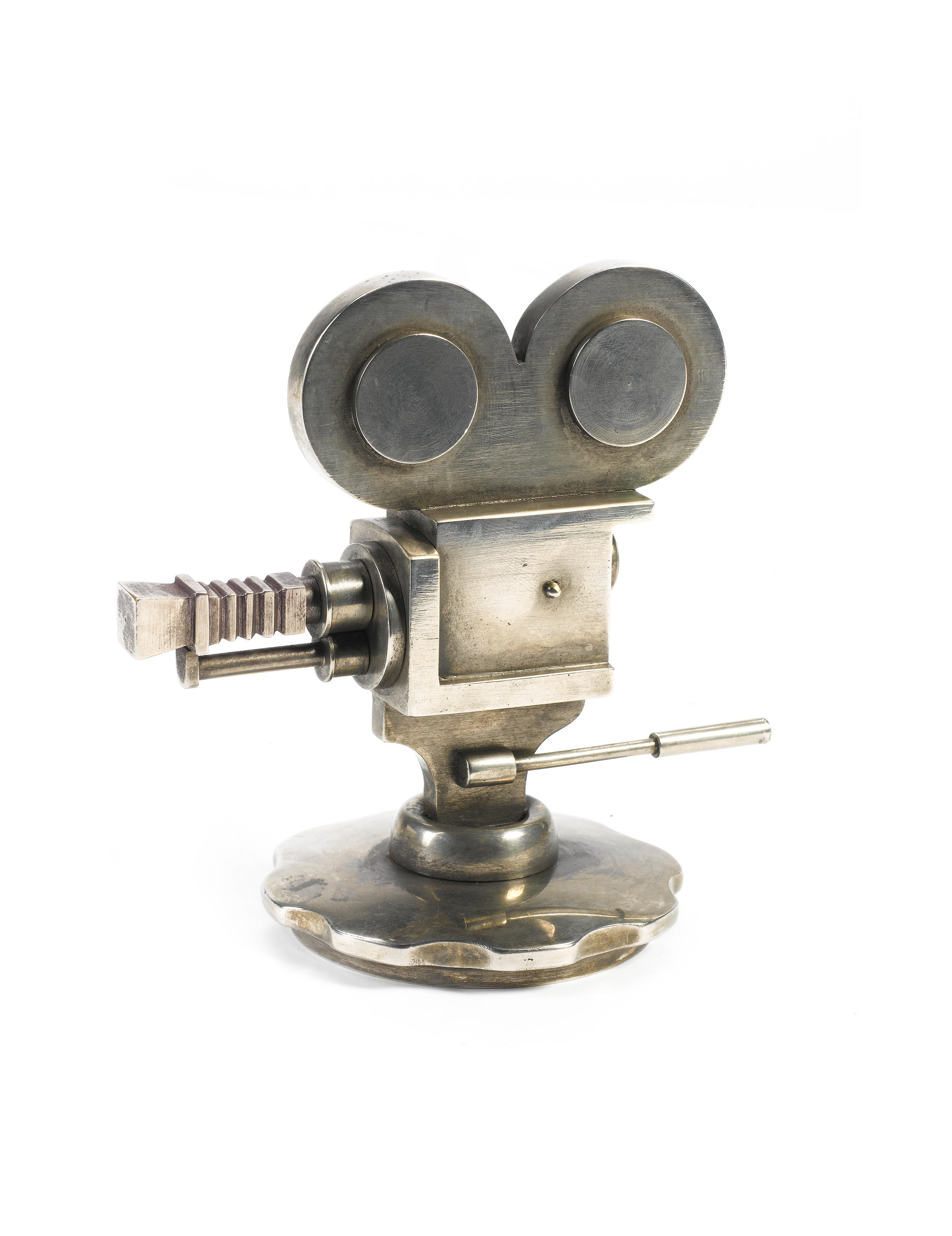

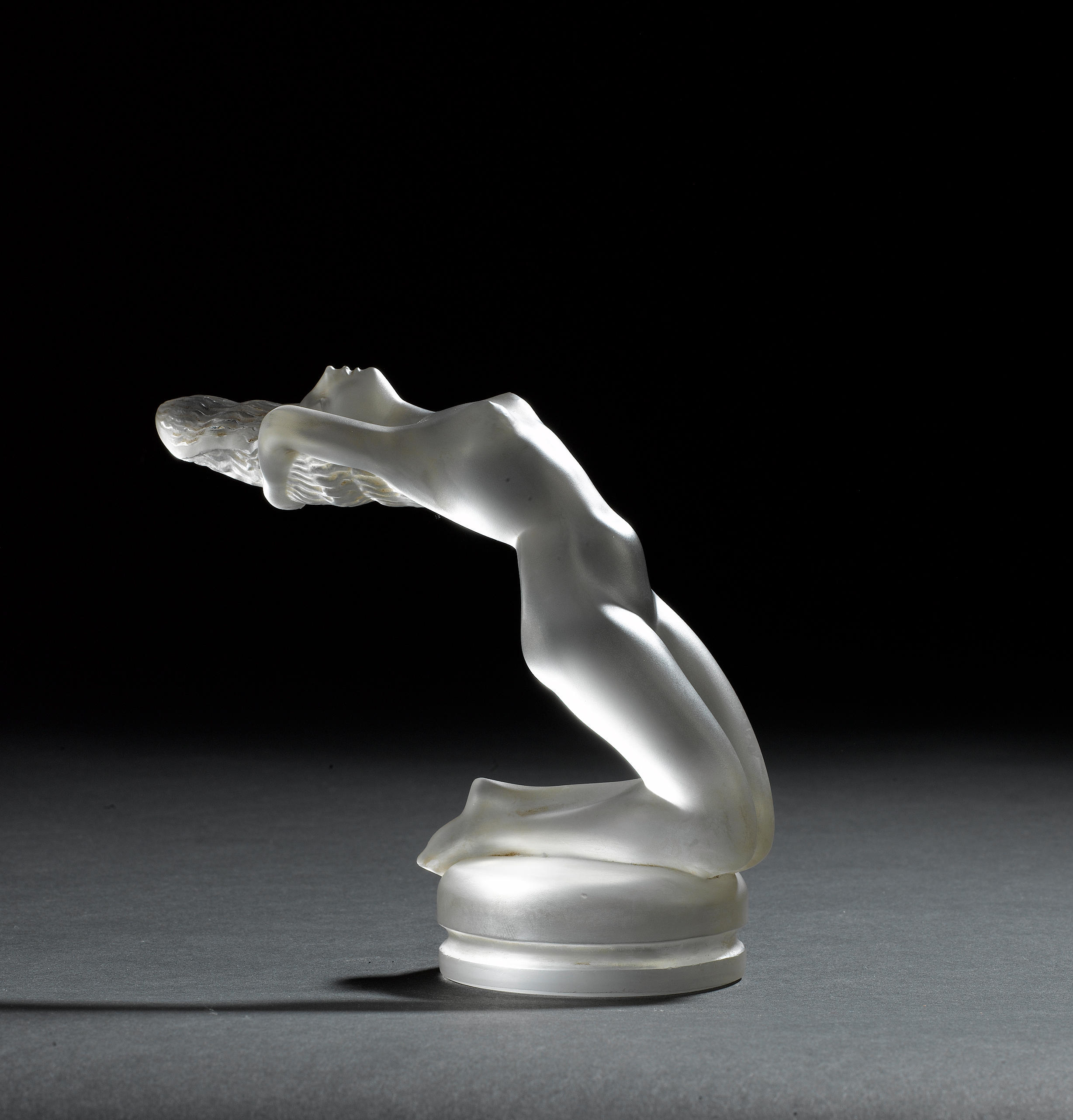
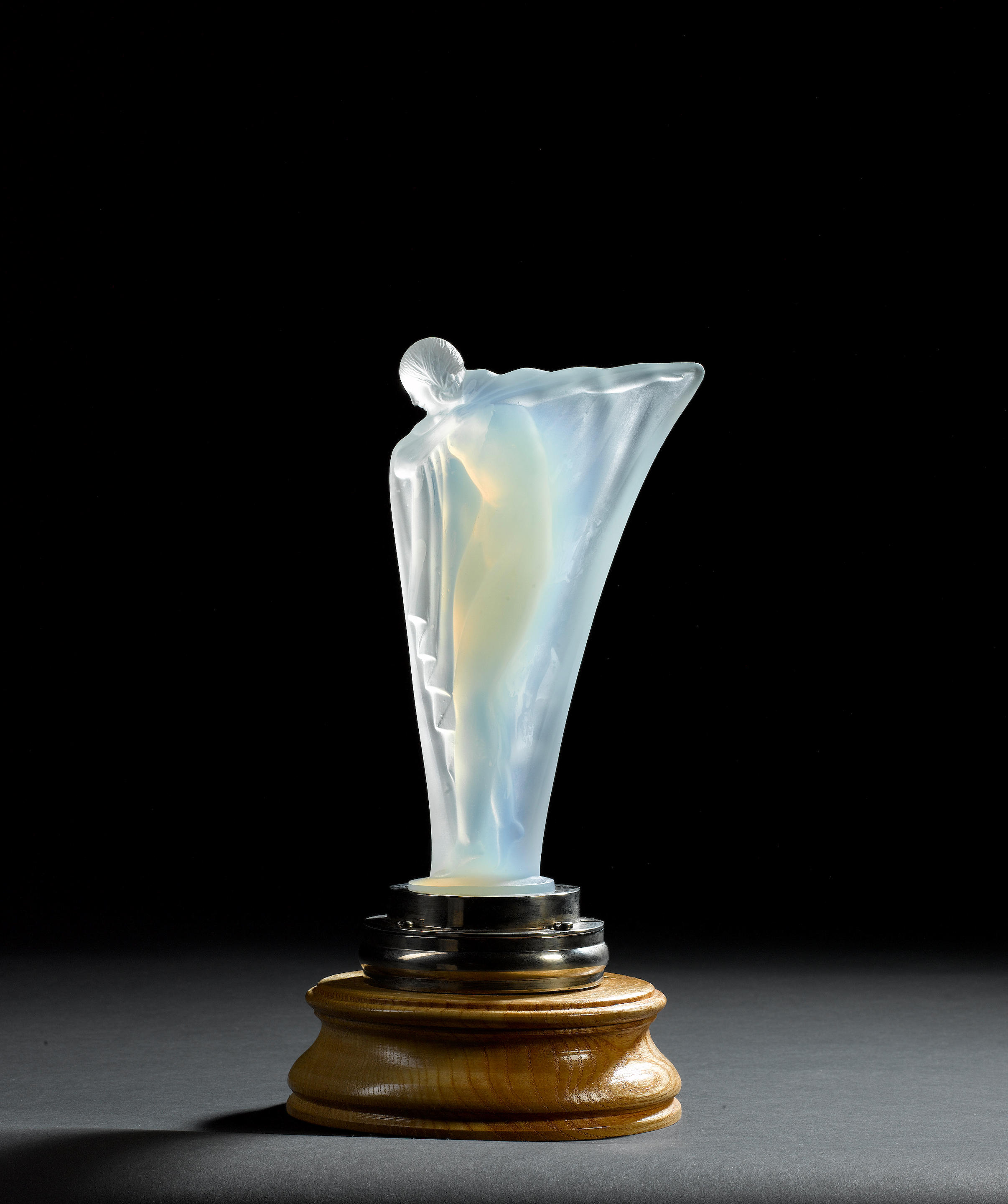

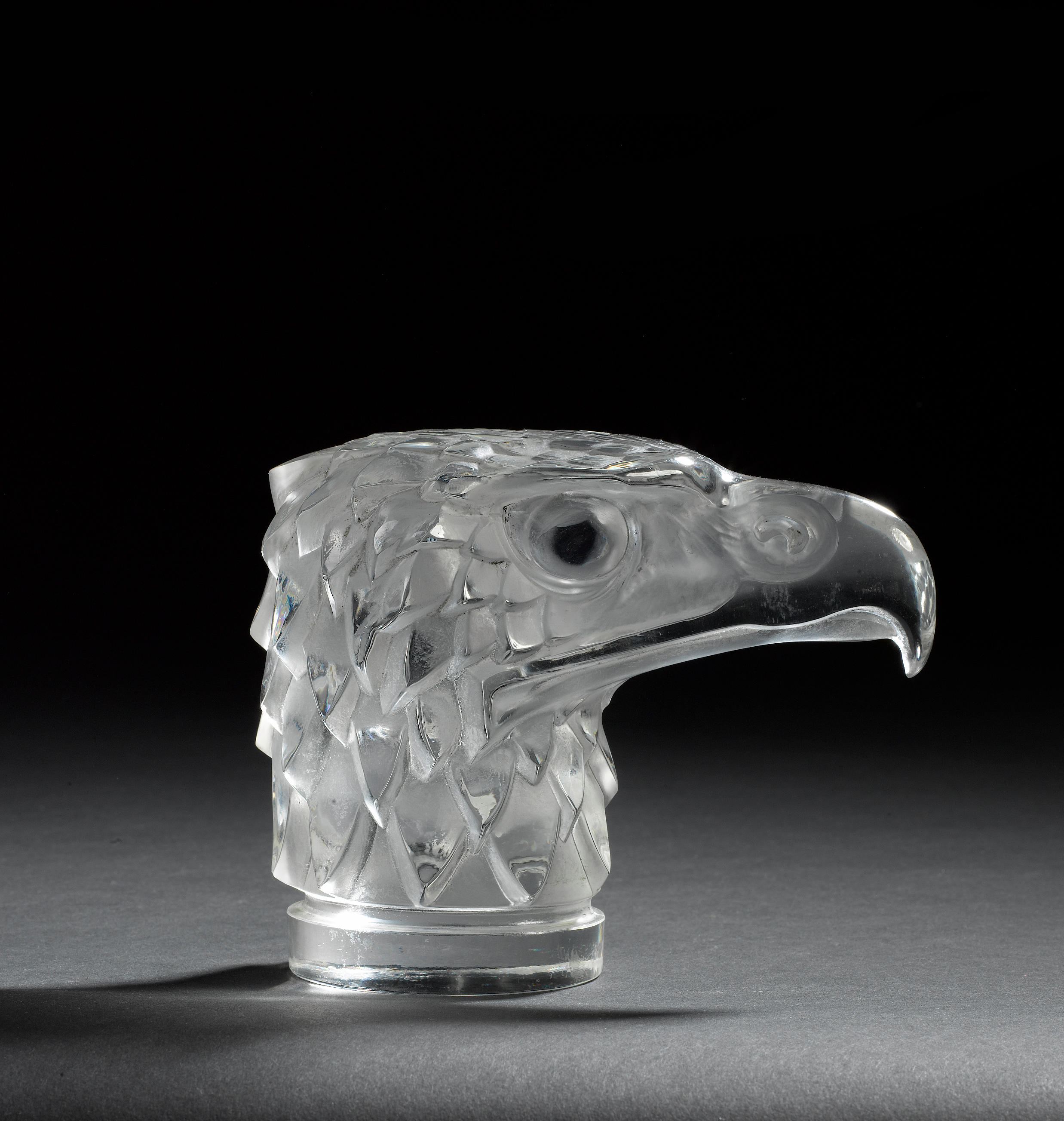
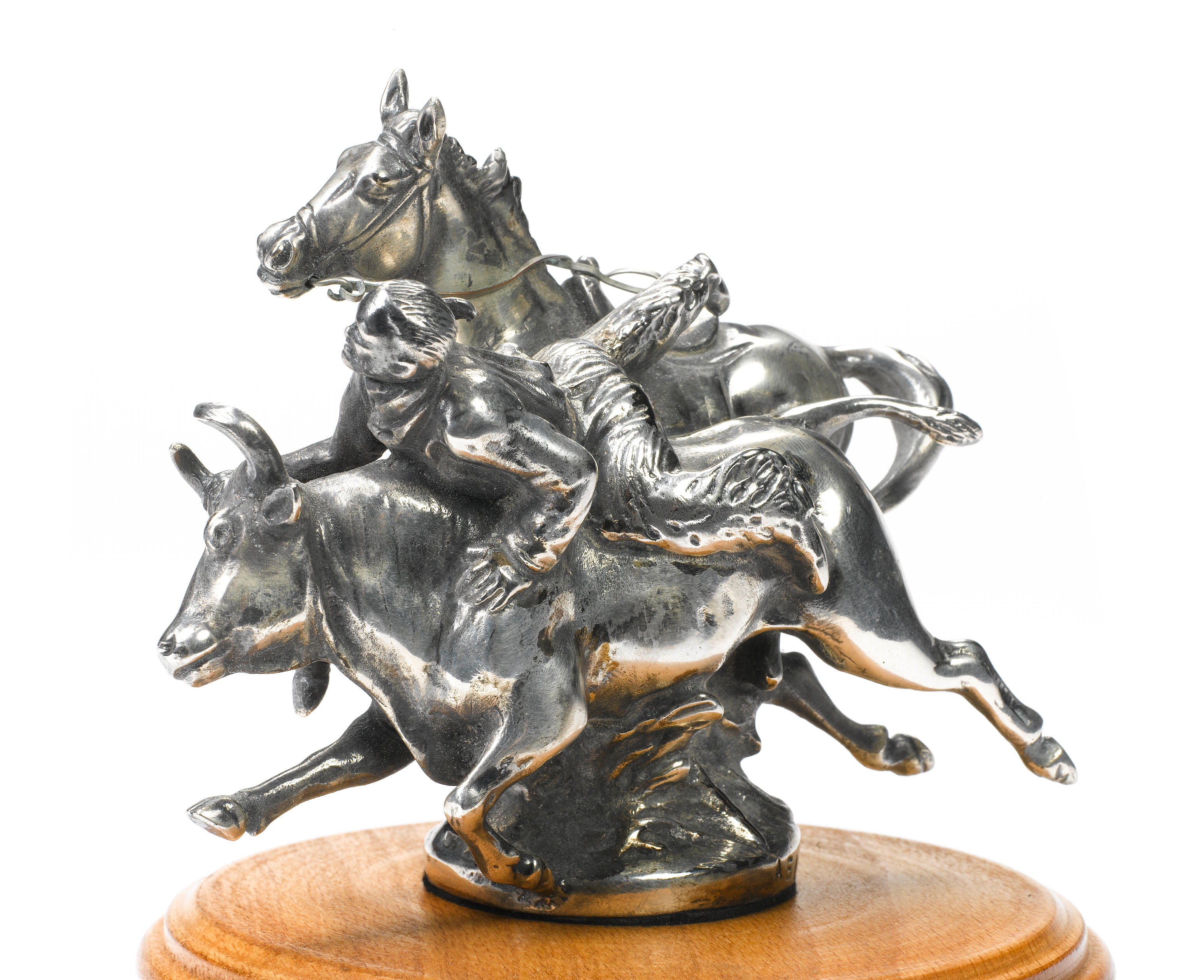
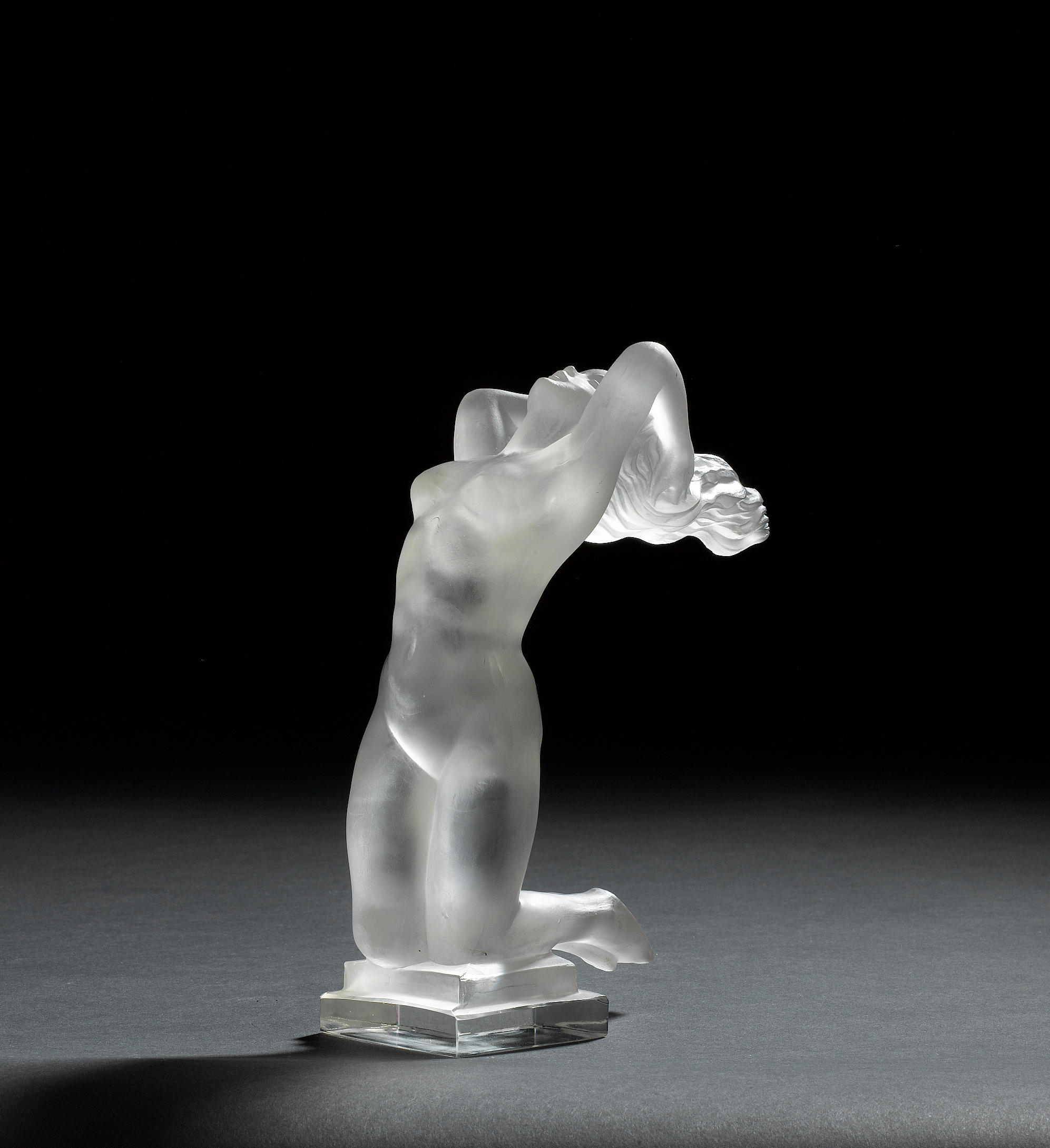
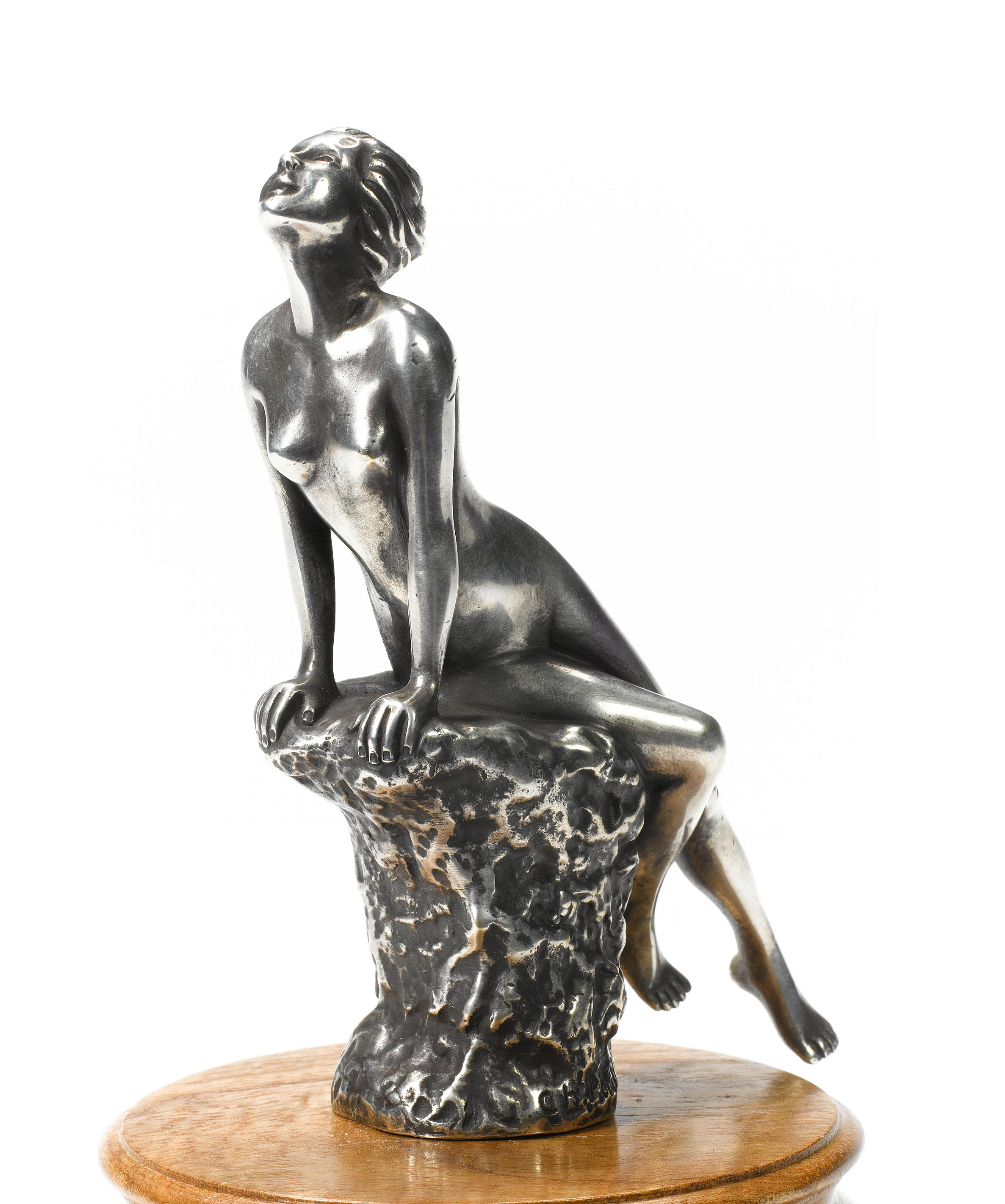
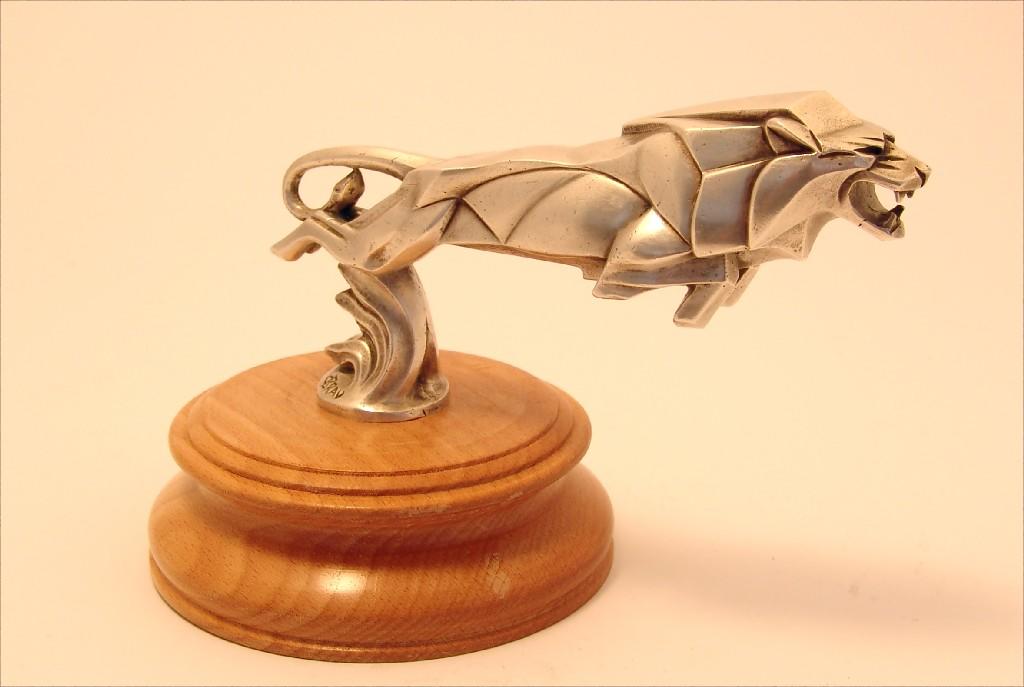
Try LotSearch and its premium features for 7 days - without any costs!
Be notified automatically about new items in upcoming auctions.
Create an alert